On the southernmost part of Japan lies a group of 23 islands called Yaeyama (八重山列島) where the mangrove forests and jungles dominate the otherworldly landscape guarded by mesmerizingly blue waters. It is a place where the animals, including endemic species, live in perfect harmony with the locals who are often referred to as the happiest people on earth.
Despite multiple visits to the islands, the promise of gentle rivers where one can kayak next to mangrove forests, hikes leading to waterfalls, and the comfortably warm, inviting ocean still give me the butterflies as soon as the plane slowly approaches Ishigaki Island — the getaway to the Yaeyama Islands — surrounded by transparent blue waters.
What makes this unique group of islands of Japan special for me is the allure of the endless adventures into the deep forest that are surprisingly easy to access (thanks to a wonderful network of guides), yet still give you the thrill that comes with rare experiences.
These are three experiences from the Iriomote, Kuroshima, and Ishigaki Islands of Yaeyama group that will each introduce you to a different yet equally captivating side of the islands. All three islands are connected to each other with ferry services allowing island hopping.
Iriomote Islands: Gentle Kayak Ride Leading to Okinawa’s Highest Waterfall
Iriomote Island (西表島) is the second largest island in the entire Okinawa island chain yet is home to only 2,347 residents. 90% of its land is covered by dense jungle and mangrove forests that hide many animals including the Iriomote cat, a wild cat endemic to the island. Iriomote’s unique ecosystem has rightfully led to its recognition as UNESCO World Heritage Site in 2021 as part of a group of southern islands alongside Amami-Oshima Island, Tokunoshima Island, and the northern part of Okinawa Island.
The island offers a perfect range of experiences that include leisure beach time, jungle walks, comfortable stays, and adventurous river and forest escapades. During a recent trip, I based myself in the exquisite Hoshino Resort Iriomote, which aims to become the first eco-friendly resort in Japan. The hotel positioned right on Tsukigihama Beach and home to its own jungle is a testament to the possibility of tourism initiatives that fully respect nature without sacrificing the comfort of its guests. Hoshino Resort, in addition to offering its own activities, also works closely with numerous nature guides including English-speaking guides who lead the guests in half-day and full-day nature adventures.
Among many different hikes on Iriomote Island, a half or full-day trip to the island’s and Okinawa‘s highest waterfall (55 meters), Pinaisara is rightfully among the most popular options. The trip combines kayaking with a relatively short but tolerably steep hike through the dense forest. The allure of riding your own kayak on the narrow sections of the tranquil Hiani River through the alley of mangroves felt as captivating as the first glimpse of the roaring Pinaisara Waterfall that greeted me merely within 25 minutes into the journey.
This is an adventure with multiple layers where, in a relatively short span of 4 hours, you get to experience Iriomote right from the water, and hike through a jungle, which feels truly alive — reminiscent of Ghibli movies — to reach the tallest waterfall of Okinawa. A warm day rewards its visitors with the opportunity to dip in the natural pool formed at its basin.
 Pinaisara Falls
Pinaisara Falls
ESTABLISHMENT PARK POINT_OF_INTEREST- Uehara, 竹富町 Taketomi, Yaeyama District, Okinawa 907-1541, Japan
- ★★★★☆
Kuroshima: Get on Your Bike to Witness the Best of Rural Japan
My next stop in Yaeyama was Kuroshima Island. This heart-shaped island home to about 220 happy residents is such a peaceful place that I immediately regretted the idea of a day trip and wished to stay for much longer in one of the minshuku-style accommodations in Okinawa or in the beautiful Maisuku kominka folk house also available for long-term stays.
The Heart Land Café right across the ferry bay is a wonderful place to start your day with a cup of coffee (or generous servings of soba) in a cozy space with views of the ocean. The café also rents out bicycles including e-bikes to explore the surprisingly high number of sites spread around this small and entirely flat island.
My first stop was the Kuroshima Visitor Center featuring multi-language displays about the island’s culture and nature and the next-door Kuroshima Research Center. The research center, in operation since 1975, is a wonderful place where one can spend hours learning about the old fishing techniques used by islanders, observe objects that fell off the sky on the island, and get close to the sea turtles. Last but definitely not least, feeding sharks hosted in an outdoor tank.
There are also beautiful beaches surrounding the island, the famous one being Nakamoto Beach (仲本海岸) where the lush green grass beautifully contrasts the mesmerizing blue color of the ocean. Another very scenic spot is Iko Pier (伊古桟橋) where I biked my bike all the way to the end of the pier and sat for almost an hour enjoying the various shades of blue and appreciating the mind-blowing vastness of open waters.
Yaima Village: Once Upon a Time in Yaeyama Islands
While nature is the most alluring aspect of Yaeyama, the islands are also home to a unique and intriguing culture that dates to the early 15th century — the era of the Ryukyu Kingdom.
My last stop on the trip was Yaima Village located on Ishigaki Island, which encompasses sites and experiences that combine both the unique nature of the island and its cultural features.
Set up as a village surrounded by nature and a beautiful mangrove forest (Nagura Amparu), Yaima Village features well preserved old style houses that allow the visitors to get a feeling of the island’s atmosphere during the days of Ryukyu Kingdom (reigned from 1429 to 1879). Some of the houses — as old as 100 years — were relocated to Yaima in a perfectly preserved condition from their original location. Yaima Village is one of those rare places where a genuine atmosphere true to the historical conditions is successfully created — rather than passing on the rather artificial feeling of a theme park.
In addition to the cultural displays, the village is also home to a mangrove forest and section hosting 40 squirrel monkeys who are endemic to Central and South America and who thrive in Ishigaki thanks to a similar climate. Feeding these impossibly cure animals who, with explosive joy, love to jump from one tree branch to another was a truly therapeutic activity that I did not want to end.
Visitors to the village are also privy to a daily Ya Ashibi Show held in one of the traditional houses where a duo of local performers sing Okinawan folk songs and perform challenging dance acts while carrying a giant bottle on top of their heads.
Traveling to and between Yaeyama Islands
Ishigaki Airport located on Ishigaki Island is the main getaway to Yaeyama Islands. You can then take the ferry to the other islands in the group from the main ferry terminal accessible by public bus from the airport.
Yaeyama Islands, with its many natural and cultural wonders encompassed in a sub-tropical environment, is one of the strongest testaments to the rich diversity of experiences that Japan has to offer. Whether you get the butterflies or not, I hope everyone gets to experience the thrill of that first look at Yaeyama Islands from the plane — a scenery where the transparent blue ocean flows into the endlessly green mangrove forests that are always ready to host you on your kayak.
Sponsored by Okinawa Convention & Visitors Bureau

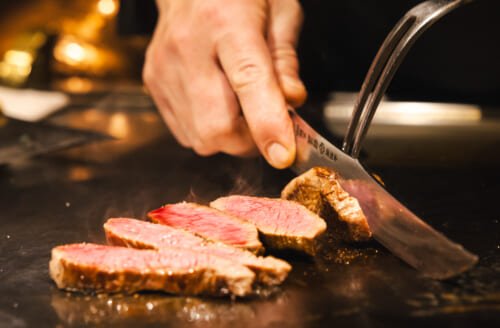
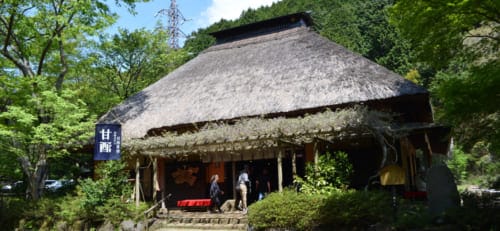
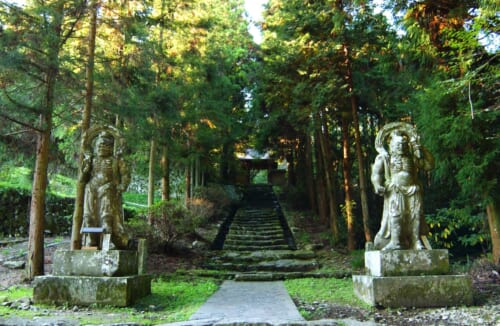
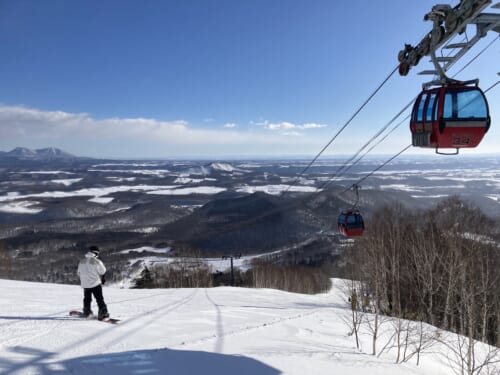
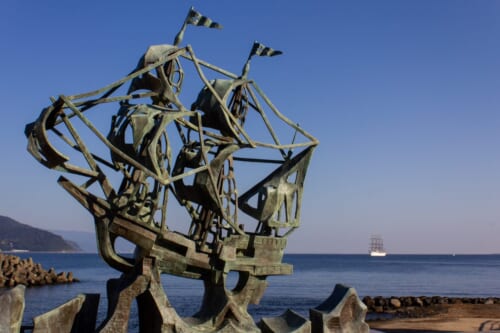
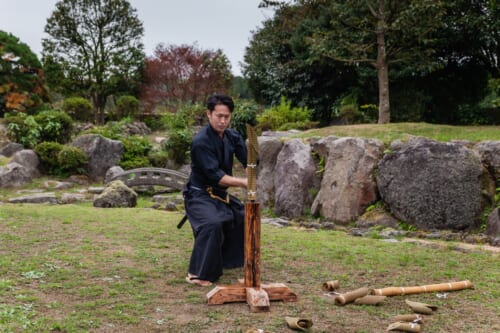
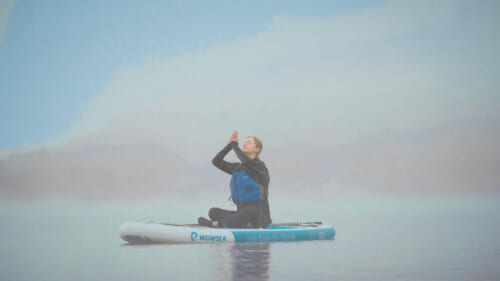


No Comments yet!